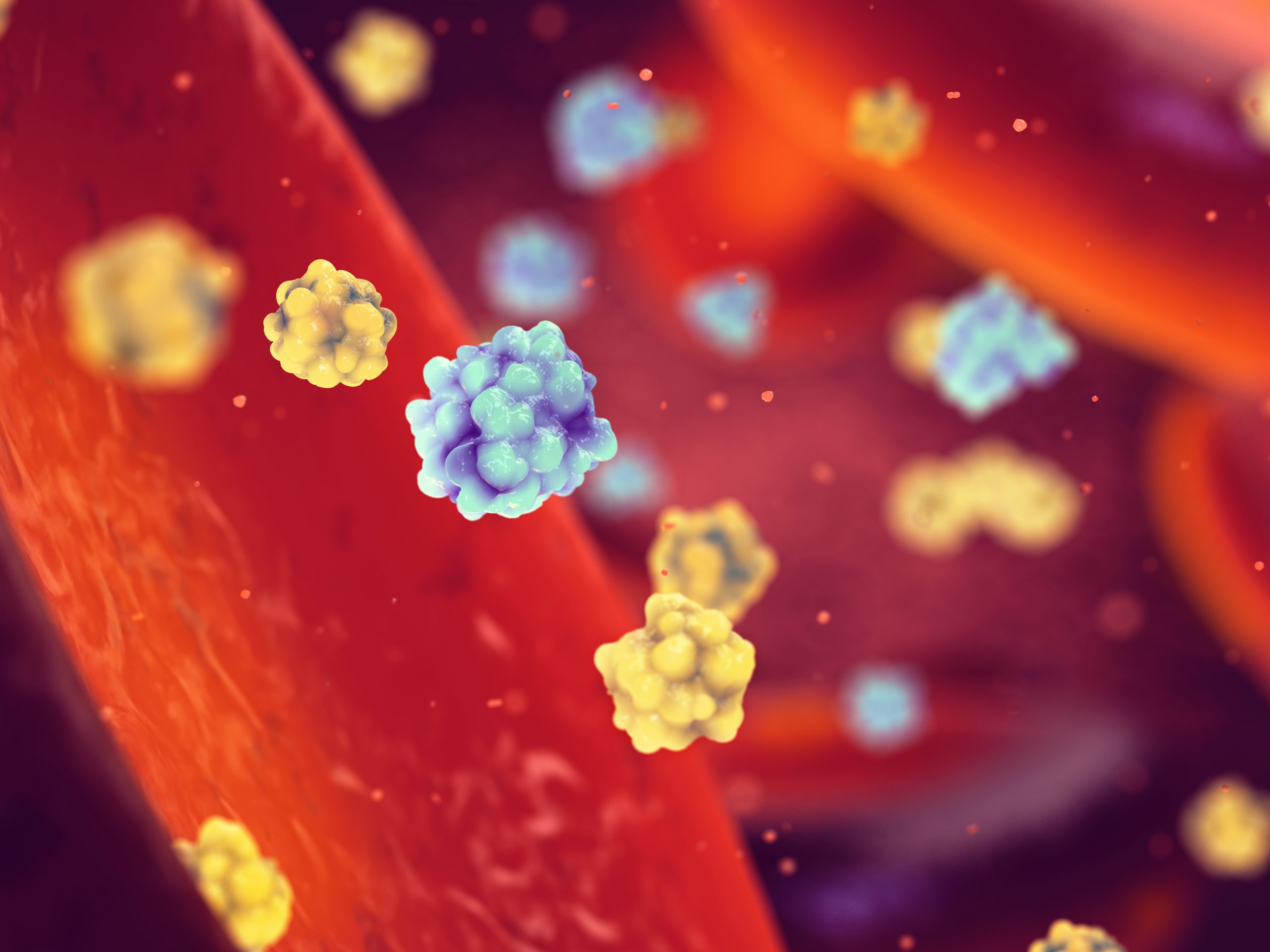Buffers play an essential role in maintaining biological balance because they can resist small changes in pH. Chemical buffers exist naturally as part of biological systems; without them, organisms wouldn’t be able to maintain homeostasis and normal physiological functions.
Buffers also play a vital role in industry as they can extend the shelf life of commercial products like cosmetics and detergents. In addition, chemical manufacturers like ReAgent supply biological buffers for use in a range of medical devices and test kits.
Continue reading to learn more about chemical buffers and their role in biological systems.
In this post:
Key Takeaways
Buffers keep pH levels stable, helping living organisms maintain homeostasis and proper function
Biological buffers, such as the carbonic acid and bicarbonate system in blood, are vital for life
Industrial and research uses of buffers range from cosmetics and cleaning products to medical devices and lab experiments
Acidic, basic, and simple buffers each serve different roles depending on the pH range that needs to be controlled
What is a Buffer in Biology?
In biology, a buffer is a solution that maintains a stable pH even if an acid or base is added. Biological buffers are made up of either a weak acid and its conjugate base, or a weak base and its conjugate acid. 
As the conjugate pairs exist in appreciable amounts at equilibrium, they’re able to neutralise small amounts of OH- (base) ions and H+ (acid) ions. In doing so, they can prevent biological systems from becoming too acidic or alkaline. This is crucial because organisms can only thrive in a certain pH range.
As we explain below, without biological buffers, the pH may change to such an extent that organisms can no longer maintain their normal physiological functions. When this happens, the organism will usually die.
While some biological buffers exist naturally, others are manufactured for medical purposes and biological research. The important elements to what makes a good biological buffer helps define their applications. For instance, buffers are often used to culture and maintain biological samples or specimens.
You can learn more about what makes a good biological buffer here.
Biological buffers, such as Good’s buffers, are also crucial in biological and medical research. They play a vital role in synthesising proteins in the laboratory, for example, as they help proteins to maintain their molecular stability.
What Types Of Buffers Are There?
There are many different types of organic and inorganic buffers. Some of these occur naturally in organisms, while others are synthesised for either research or industrial purposes. For example, acetic acid mixed with sodium acetate is a common type of buffer used in the food industry to prevent bacterial growth.
A buffer can be acidic, basic, or neutral, depending on the pH range you need to maintain.
1. Acidic Buffer
An acidic buffer is designed to resist increases in pH and maintain a solution’s acidity within a narrow range. It works by counteracting the rise of alkalinity when small amounts of base are added. Typically, an acidic buffer is prepared by mixing a weak acid with its conjugate salt, and then combining the mixture with a small amount of a strong base.
A common example of an acidic buffer is the combination of acetic acid (ethanoic acid) and sodium acetate. This pair works together to stabilise pH around 4-6, making it particularly useful in biochemical and industrial applications where maintaining a slightly acidic environment is important.
2. Basic Buffer
A basic buffer serves the opposite function of an acidic buffer, helping to resist decreases in pH and counteracting the effects of added acids. It is prepared by mixing a weak base with its conjugate salt, followed by the addition of a strong acid to establish the correct equilibrium.
One example of a basic buffer is a combination of glycine and glycine hydrochloride, which can maintain a pH around 9-10. Basic buffers like this are essential in biochemical research, enzyme reactions, and industrial processes where maintaining an alkaline environment is crucial.
3. Simple Buffer
A simple buffer resists changes in pH when small amounts of acid or alkali are added to the solution. There are two ways to prepare a simple buffer. The first is to mix an acid salt with a normal salt of a polybasic acid. An example of this is the combination of sodium hydrogen phosphate and trisodium phosphate.
The second way to prepare a simple buffer is to use a weak acid and a weak base to produce a salt. An example of this is ammonium acetate, a salt product of the neutralisation reaction between acetic acid and ammonia. Below is the balanced formula for the chemical reaction:
CH3COOH + NH3 → CH3COONH4

Why Are Buffers Important in Biological Systems?
Biological systems, such as bacterial colonies and organ systems, are sensitive to extreme changes in the environment, including pH. As a result, they rely on a process known as homeostasis to maintain a normal range of internal functions.
Buffers are an important component in maintaining homeostasis and regulating biochemical reactions in cells. Without them, most living organisms wouldn’t be able to survive.
Take human blood for instance. This contains a natural buffer solution of carbonic acid (H2CO3) and bicarbonate anion (HCO3−), which helps to keep the pH of human blood at a safe level of between 6.8 and 7.8. A blood pH that’s above 7.8 or below 6.8 can cause severe health problems and may even be fatal.
Conclusion
Biological buffers resist the tendency of a solution to deviate from its ideal pH when an acid or a base is added. This is important because it helps organisms to maintain homeostasis and function correctly. Some biological buffers occur naturally, such as the combination of carbonic acid and bicarbonate anion in human blood. Others, including those supplied by ReAgent, are manufactured for biological and medical purposes. Buffers can be classified based on what type of substance or substance combinations are used.
ReAgent is an ISO 13485-accredited supplier of high-quality biological buffers and reagents based in the UK. You can read more about our biological buffers service here or speak to a member of our friendly team today.















